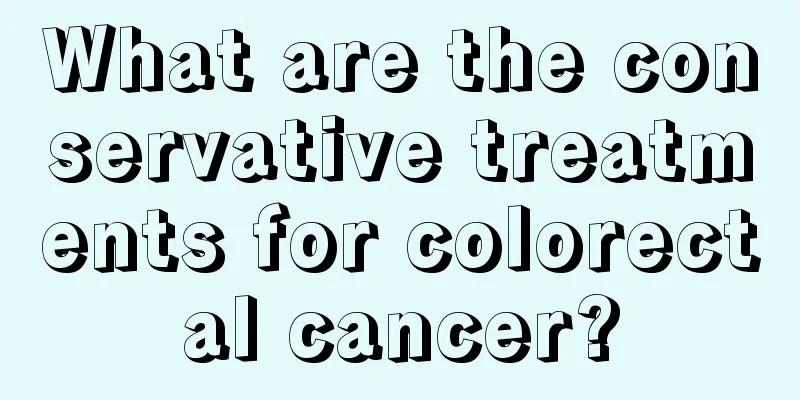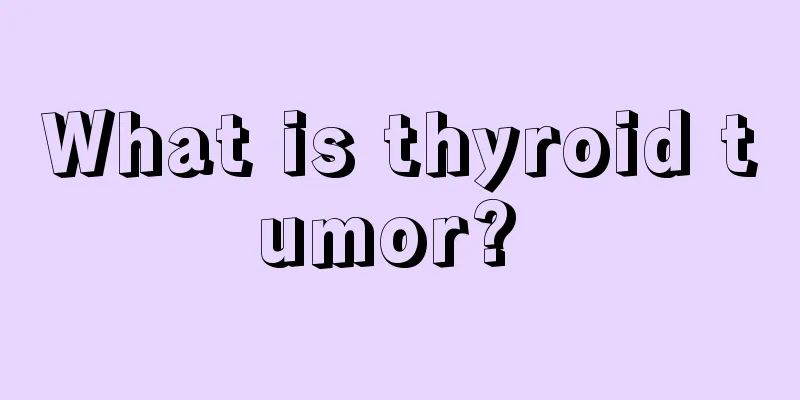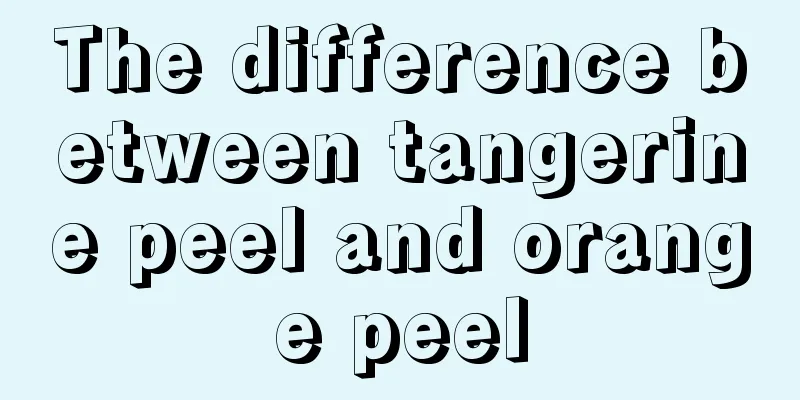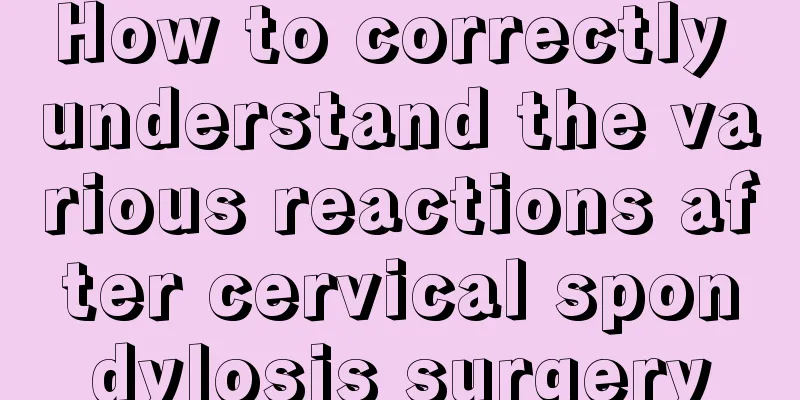What is desensitization therapy
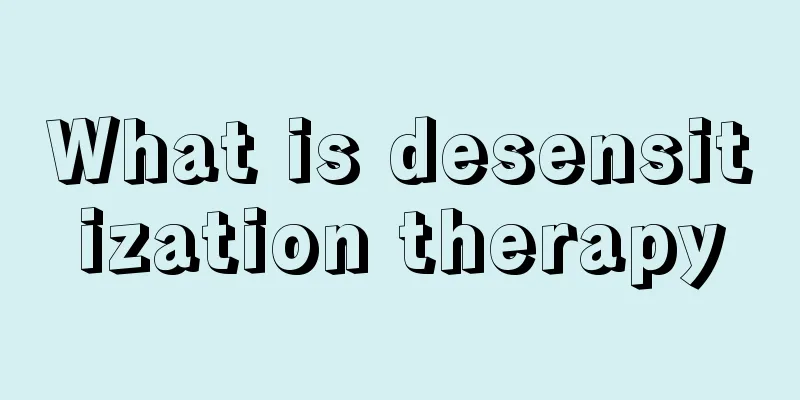
|
If you have ever suffered from an allergic disease, you have undoubtedly heard of allergy treatment. However, due to certain factors, this treatment method has not yet been promoted, and many people still remain skeptical about it. So what exactly is desensitization therapy? Who is suitable for desensitization therapy? In fact, desensitization therapy is a method specifically used to treat hyperallergic reactions. This method not only uses a relatively small amount, but can also be injected multiple times to avoid or alleviate allergies. What is desensitization therapy? Desensitization therapy, that is, standardized specific immunotherapy, is the only causal treatment method in the World Health Organization's "four-in-one" treatment system for allergic diseases that can change the immune mechanism. The principle is that after correctly detecting the type of the patient's allergen (allergen), the allergen is made into an allergen extract and formulated into preparations of various concentrations. It is repeatedly exposed to the patient through subcutaneous injection or sublingual administration or through other routes of administration. The dosage is increased from small to large, and the concentration is increased from low to high. After reaching the maintenance dose, a sufficient course of treatment is maintained to improve the patient's tolerance to the allergen. When the patient is exposed to the allergen again, the allergic phenomenon is alleviated or no allergic phenomenon occurs again. Allergen preparations commonly used in hospitals include mites (house dust mites, dust mites), allergenic pollens (such as wormwood), and pet hair dander (cats, dogs), etc., which are mainly used for desensitization treatment of allergic rhinitis, allergic asthma and allergic dermatitis. Who is suitable for desensitization treatment? Generally speaking, doctors should make an accurate diagnosis of patients before recommending desensitization treatment. The main contents include the following four aspects: 1. Whether the patient has a type I allergic reaction disease connected to IgE, that is, whether it is allergic rhinitis (with conjunctivitis), allergic asthma, hymenopteran insect venom allergy, atopic dermatitis and food allergy; 2. Patient's medical history: mainly to understand whether the patient has a family history of allergies; 3. Patient's clinical symptoms and signs: common symptoms include constant sneezing, runny nose, nasal congestion, red eyes, itchy eyes, etc.; 4. How are the specific laboratory indicators: usually the skin provocation test (SPT) needs to be greater than or equal to 2 "+", and SIgE detection is greater than or equal to level 2. Patients who meet the above four points have met the basic conditions for receiving desensitization treatment. |
<<: What are the disadvantages and advantages of washing your face with white sugar?
Recommend
What are the symptoms of polyneuritis?
As a patient, you should pay attention to the sym...
What are the dietary taboos for lung cancer? Pay attention to the 5 dietary taboos for lung cancer
When it comes to lung cancer, many people are fam...
What are the methods to relieve stomach cramps
Gastric disease is one of the most common disease...
What's included in the baby travel essentials list?
In the past, parents were reluctant to take their...
What is creatinine? You need to know these
Creatinine is a product of muscle metabolism in t...
Which type of men are most favored by prostate cancer? Three types of men should be wary of prostate cancer
Prostate cancer is a malignant disease that can p...
How to deal with recurrence of tongue cancer
Tongue cancer is a disease that makes people worr...
How should donkey-hide gelatin be stored? Storage method of donkey-hide gelatin
Donkey-hide gelatin is a common nutritious food. ...
Can acupuncture treat scars?
Everyone loves beauty. I believe everyone wants t...
Bad breath is caused by stomach cold or stomach heat, understand the source of bad breath
Bad breath is mostly caused by stomach heat. In a...
Are There Any Side Effects of Collagen? The minefield that 80% of people don’t know about
Collagen is an element that women need in daily l...
What are the clinical symptoms of fibroids?
In recent years, fibroids have always been a topi...
The difference between blood hcg and urine hcg
Everyone should go to the hospital for regular ph...
What is the method to clean the scale in the teapot
The teapot in our home may be used to boil water ...
What should elderly people do if they unfortunately suffer from lymphoma
What should elderly people do if they unfortunate...

